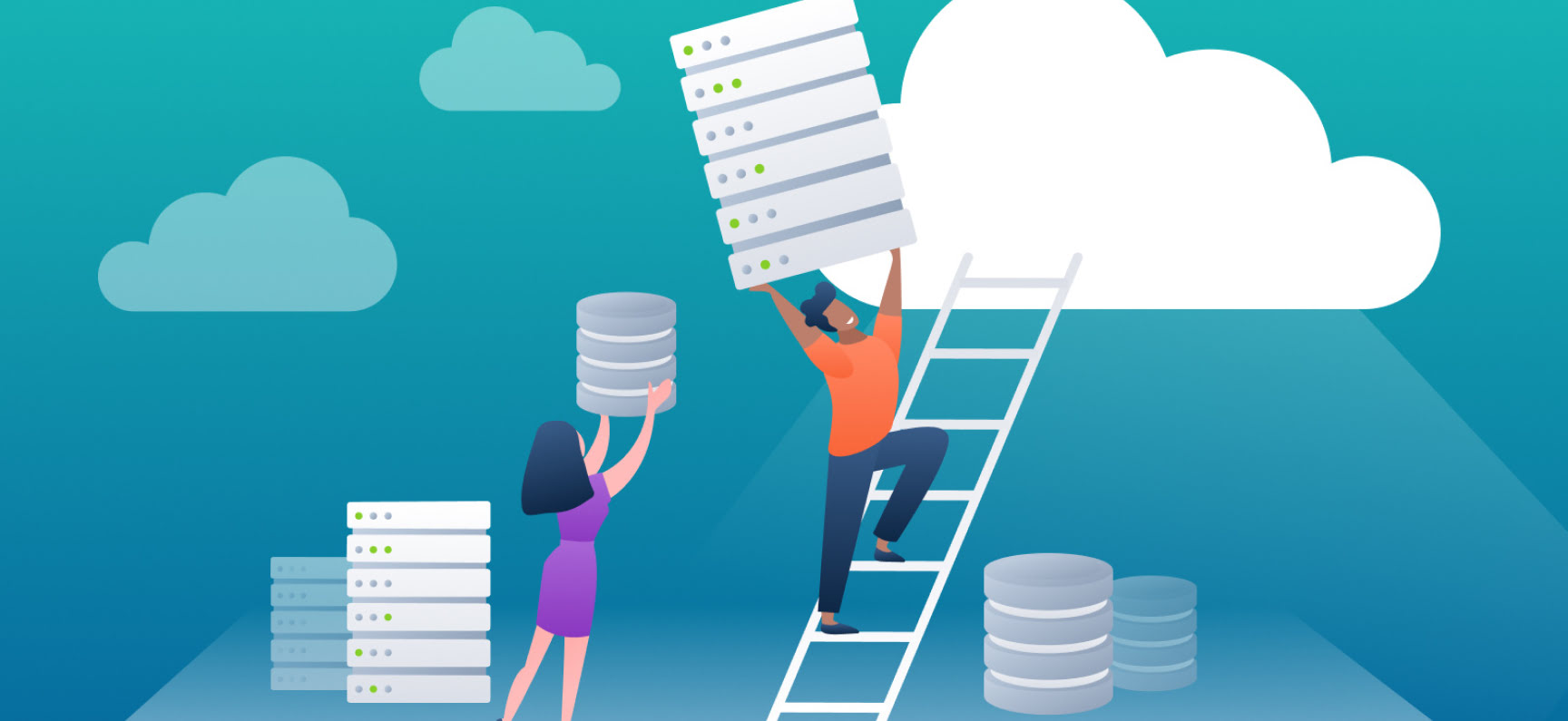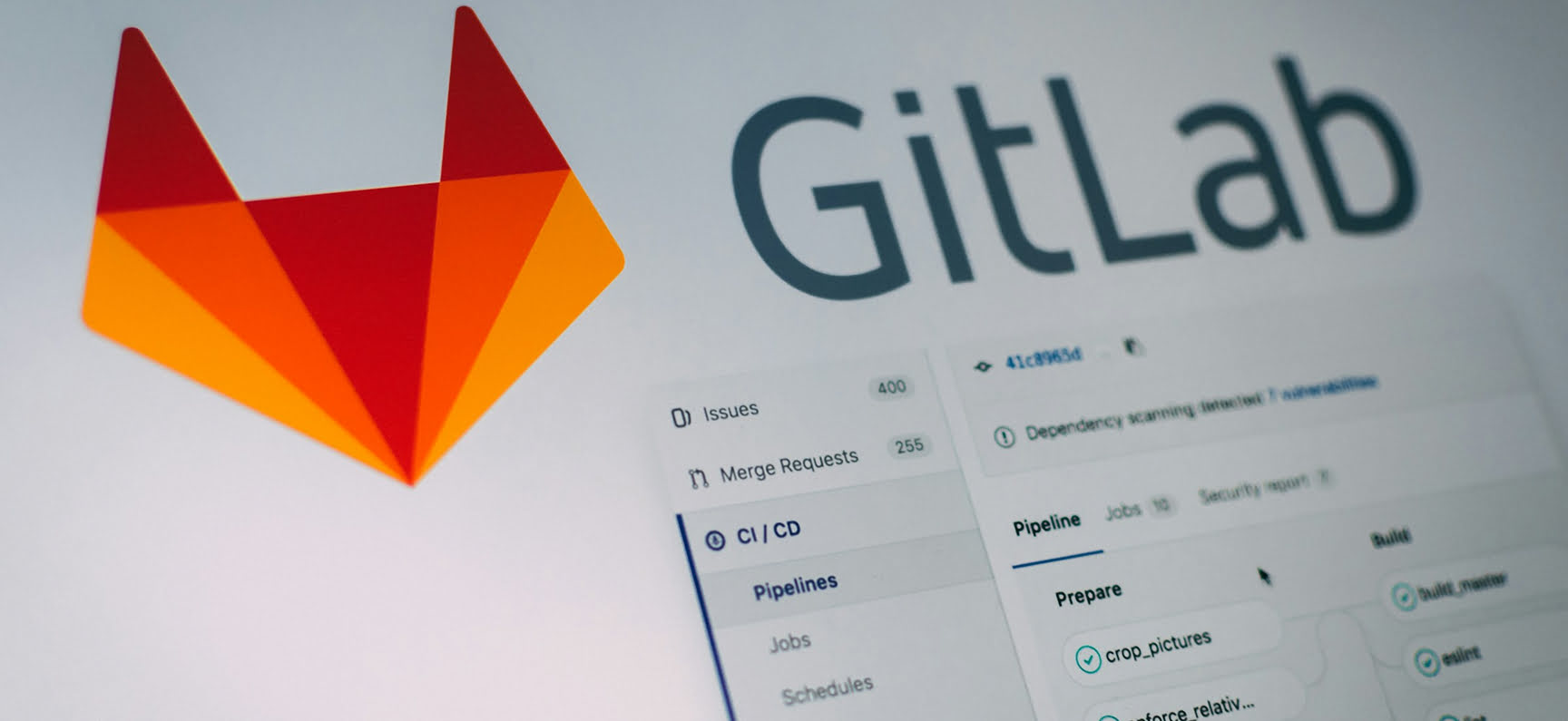Moving to the cloud isn’t just a technical upgrade – it’s a full-blown business strategy move. Whether you’re scaling operations, modernizing infrastructure, or trying to stay ahead of competitors, cloud migration plays a key role in how agile, secure, and cost-effective your company can become. But before any of that magic can happen, there’s one question every CFO and IT leader wants answered upfront: How much is this going to cost?
The reality is, cloud migration costs aren’t set in stone. They can swing widely depending on what you're moving, how complex your environment is, and whether you're handling it in-house or working with a cloud migration partner. That said, you don’t have to guess – or worse, get hit with unexpected charges down the line. With smart planning, clear goals, and tools like a cloud migration cost calculator, you can build a migration budget that actually reflects your real-world needs.
From early assessments to long-term cloud optimization, knowing where your dollars are going (and why) is the first step in ensuring your move to the cloud is both cost-effective and value-packed. In this article, we’re breaking down everything that goes into pricing a cloud migration – from the obvious to the often-overlooked. Whether you’re just exploring the idea or actively budgeting, this guide will help you move forward with confidence – and without sticker shock.
What Factors Influence The Cost of Cloud Migration?
The cost of migrating to the cloud isn’t one-size-fits-all. It depends on a mix of technical and business variables that shape your total investment. Here’s what drives your cloud migration cost:
- Infrastructure complexity: Migrating a single application is cheaper than migrating 50 with intertwined dependencies.
- Volume of data: More data means more transfer costs, especially if you're working across regions.
- Cloud architecture: Are you going with lift-and-shift, partial refactoring, or full re-platforming? Each impacts cost differently.
- Cloud provider: Amazon AWS cloud migration cost savings may differ from what you get with Microsoft Azure cloud migration cost models.
- Security and compliance: Highly regulated industries (finance, healthcare) often require extra layers of protection and auditing.
- In-house capabilities: Do you have the skills to manage the move internally, or will you need help from cloud migration services?
The more complex your setup, the more planning and execution effort you’ll need, which is why understanding your cloud migration cost model early on is crucial.
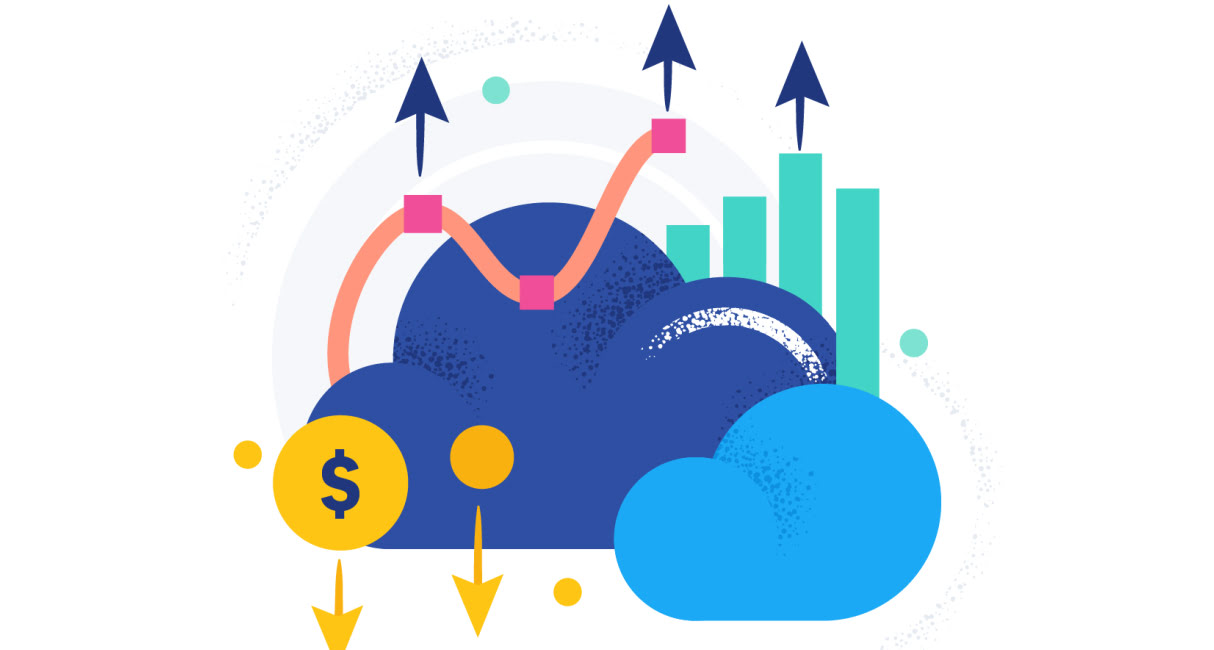
Types of Costs to Expect in a Cloud Migration Project
To get a realistic picture of what your migration will cost, you need more than a ballpark figure – you need a detailed cloud migration cost analysis. This means factoring in everything from architecture planning and labor to third-party tools, data transfer, and post-migration support.
While the average cost of cloud migration can range from a few thousand dollars for small businesses to several hundred thousand (or more) for large enterprises, your actual spend will be shaped by how much you’re migrating, how modern your stack is, your internal expertise, and your long-term virtual infrastructure goals. Migration costs typically fall into four main categories.
Upfront Assessment & Planning
This is your launchpad. During this phase, teams assess the current IT environment, map out infrastructure, and develop a clear migration roadmap. It includes:
- Application discovery and inventory
- Architecture planning and target design
- Initial security and compliance assessment
- Timeline and resource scoping
While cloud providers often offer free tools or a cloud migration cost calculator, these only provide rough estimates. You’ll still need experienced architects or a consulting partner to create a realistic plan that avoids overspending later.
Migration Execution Costs
This is where things get hands-on – and where most of the labor costs show up. The actual process of moving your data, apps, and infrastructure involves:
- Engineering and DevOps team hours
- Automation and orchestration tools
- Data transfer (especially from physical to cloud environments)
- Network configuration
- Downtime mitigation planning
- Load testing and QA validation
If you're migrating to a highly redundant or distributed environment – say, using AWS multi-region services or Azure hybrid cloud – expect higher costs here. The cost of migrating to a cloud service provider can spike if the migration must avoid downtime or include custom application refactoring.
Licensing & Third-Party Tools
Don’t forget add-ons – especially for DevOps pipelines, CI/CD, monitoring, backups, and security compliance. This is where DevOps services can streamline things, but they come with a price tag too.
As you move to the virtual infrastructure, you’ll often need to purchase or reconfigure:
- Application licenses (Windows, SQL Server, etc.)
- Third-party DevOps tools (CI/CD, monitoring, alerting)
- Backup, disaster recovery, and security software
- API integrations and middleware platforms
Post-Migration Optimization & Support
Running on virtual infrastructure isn’t a one-and-done move. To stay efficient and cost-effective, you’ll need ongoing tuning and monitoring. This includes:
- Resource rightsizing and usage tuning
- Ongoing cost monitoring and optimization
- Kubernetes cost optimization (if you're containerized)
- Virtual infrastructure security management
- Support and maintenance contracts
- SLA monitoring and incident management
Done right, this phase helps unlock the full return on your investment. Done poorly? You risk racking up unnecessary spend every single month.
Training and Change Management
This is one of the most overlooked – but essential – cost buckets. Your team needs to know how to operate in the new environment. This includes:
- Technical training for platforms (AWS, Azure, GCP)
- Tool-specific training (DevOps workflows, monitoring dashboards)
- Internal documentation updates
- Time spent adjusting workflows and processes
Training ensures your people can take full advantage of the cloud’s features without costly missteps or inefficiencies.
Compliance and Security Enhancements
If you're migrating from an on-prem setup, especially in a regulated industry like healthcare or finance, your compliance strategy will likely need a serious update. Costs here may include:
- Security architecture reviews
- Identity and access management (IAM) setup
- Encryption and key management tools
- Ongoing compliance reporting and audits
- Penetration testing and vulnerability scans
Virtual infrastructure offers powerful security tools, but configuring them correctly is critical and often a specialized skill.
Unexpected or Hidden Costs
Finally, every migration has a few surprises. These might include:
- Downtime and lost productivity
- Rollbacks due to failed testing or poor planning
- Licensing changes from legacy vendors
- Compatibility issues with older systems
While you can’t plan for everything, having a detailed migration roadmap and working with an experienced partner can help avoid most of these.
How to Estimate Cloud Migration Cost?
Getting an accurate cloud migration cost estimate isn’t just about plugging numbers into a calculator – it’s about understanding your use case.
Here’s how to build a realistic forecast.

1. Assess Your Current Environment
Start by understanding what you’re working with. Inventory your existing infrastructure, applications, databases, and workflows. Look at:
- How many workloads you’re running
- What dependencies exist between systems
- Storage and compute usage patterns
- Licensing, support, and compliance requirements
Discovery tools can help here, but even manual audits are valuable. The more accurate this snapshot is, the more reliable your budget will be.
2. Define Your Migration Strategy
How you migrate matters as much as what you migrate. Are you going for:
- Lift-and-shift (rehost): Faster and cheaper upfront, but can result in higher virtual infrastructure costs over time
- Replatforming (minor adjustments): Moderate investment with better long-term efficiency
- Refactoring (rearchitecting apps): High effort, high payoff – best for scalability and cloud-native optimization
Each path has its own cost profile, and choosing the right one can significantly influence your total spend.
3. Use Cloud Provider Calculators (Wisely)
Tools like the AWS Pricing Calculator, Google Pricing Estimator, and Microsoft Azure migration cost calculator are great starting points. They let you plug in instance types, storage, data transfer, and service options to get an estimate. But here’s the catch: these tools don’t account for your company’s internal processes, migration complexity, or future scaling needs.
Use them as a guide – not gospel.
4. Account for Hidden and Indirect Costs
This is where many budgets fall apart. Don’t forget to include:
- Team training on new virtual infrastructure platforms and tools
- Downtime and lost productivity during cutovers or testing
- Business disruption during retooling of internal systems
- Security and compliance assessments pre- and post-migration
- Third-party integrations and licensing shifts
These aren’t “extra” costs – they’re part of the real cost of migrating to a virtual infrastructure service provider, and ignoring them almost always leads to overruns.
5. Partner with Experienced Cloud Migration Experts
DIY might save you in the short term, but mistakes, delays, and missed opportunities will cost you much more down the line. Experienced cloud migration services providers not only handle the heavy lifting – they also help you:
- Choose the most cost-effective migration strategy
- Model out short-term and long-term financial impact
- Avoid technical and compliance pitfalls
- Perform accurate, industry-informed virtual infrastructure migration cost analysis
These experts can also benchmark your scenario against the average cloud migration cost across companies of similar size and industry, giving you confidence that your forecast is grounded in reality.
Cost Comparison: On-Prem vs. Cloud
Many businesses assume that cloud means cheaper. That’s not always true, but the value is in flexibility and scale.
Here’s a basic breakdown:
| Category | On-Prem | Cloud |
| Upfront hardware costs | High | Low (pay-as-you-go model) |
| Maintenance & upgrades | Your team"s responsibility | Managed by the provider |
| Scalability | Limited | Elastic, scale up/down as needed |
| Cost transparency | Often unclear | Detailed billing dashboards |
| CapEx vs. OpEx | Capital expenses (CapEx) | Operating expenses (OpEx) |
| Time to deploy new services | Weeks or months | Minutes to hours |
Over time, many companies realize that cloud offers cost-effective cloud migration benefits by reducing infrastructure management, improving uptime, and accelerating time-to-market.
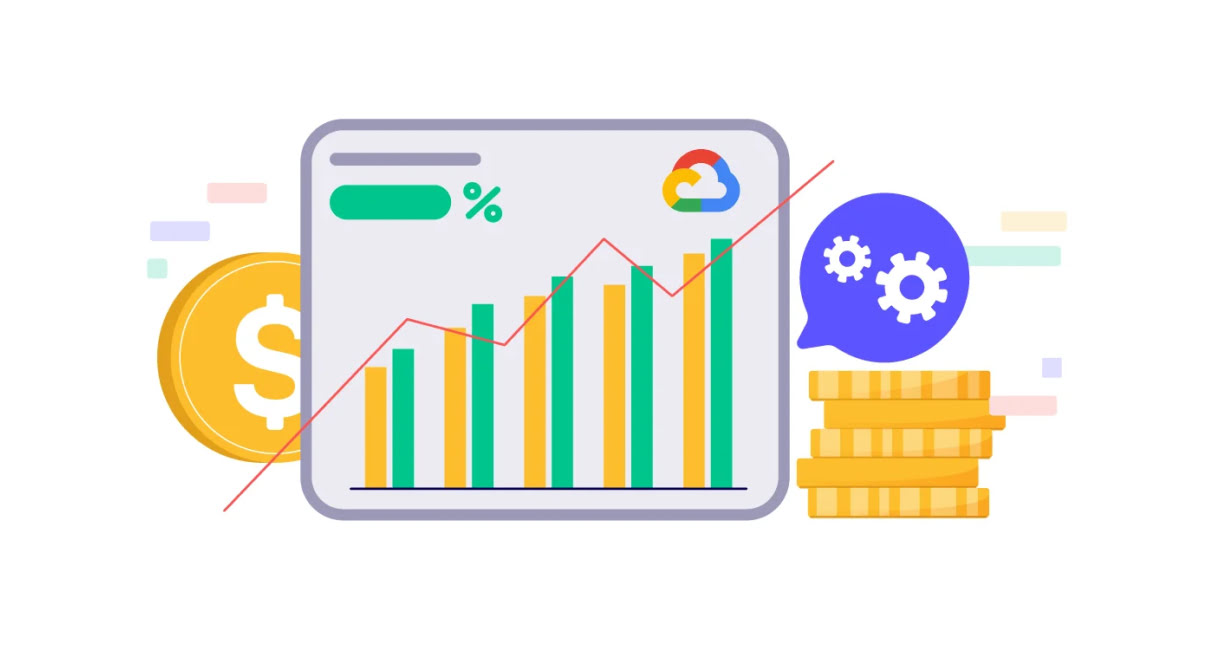
How to Reduce Migration Costs Without Cutting Corners
Cloud migration can be expensive, but it doesn’t have to be.
Here are proven ways to keep your budget in check:
- Start small and scale up: Migrate non-critical apps first to test workflows.
- Use automation tools: From provisioning to CI/CD, automation saves time and reduces human error.
- Right-size everything: Avoid over-provisioning. Monitor workloads and adjust resources post-migration.
- Don’t over-engineer: Not everything needs Kubernetes or serverless – focus on what delivers business value.
- Partner with pros: The right migration services team can steer you away from costly mistakes.
With the right planning, your cost to migrate to cloud can be a solid investment, not a budget drain.
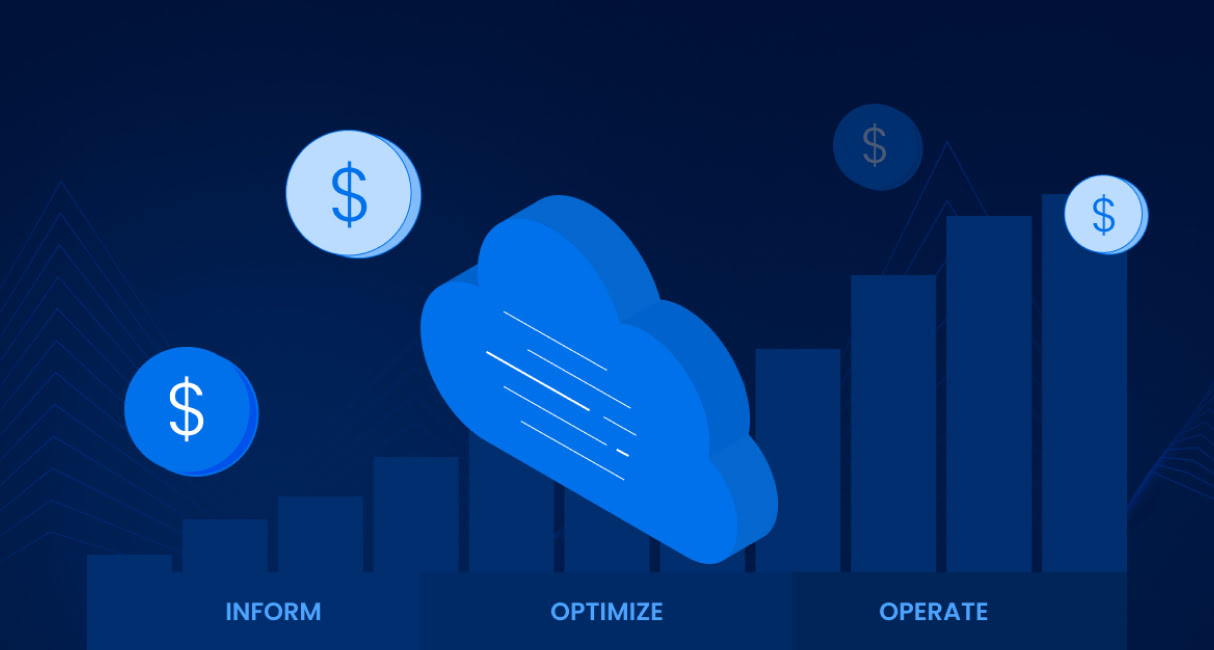
Why Companies Choose Artjoker for Cloud Migration
At Artjoker, we don’t just move your infrastructure – we help you move your business forward.
Our approach is grounded in:
- Transparent cost analysis and forecasting
- Proven frameworks for complex migrations
- Deep experience across AWS, Azure, and GCP
- Optimization-focused strategies, including cost optimization
- End-to-end support, from planning to post-migration services
Whether you’re looking to reduce infrastructure spend or unlock new capabilities in the virtual infrastructure, we deliver a cost-effective migration that’s engineered for growth, not guesswork.
Conclusion
The cost of cloud migration isn’t just a technical line item – it’s a strategic investment that can either accelerate your business or become a costly misstep. It's not about simply lifting servers and applications into the cloud; it's about aligning technology with your long-term goals, optimizing every dollar spent, and setting your organization up for sustainable success.
A well-planned migration can lead to significant cost savings, operational efficiency, and faster time-to-market. With the right guidance, you gain the ability to scale without overextending, deploy faster without compromising security, and manage resources more intelligently. But if you treat migration as just another IT task – without clear objectives, cost control, or skilled execution – it can quickly spiral into delays, downtime, and runaway expenses.
Need clarity on your migration costs? Let us help you design a roadmap that aligns with your goals and a budget that won’t derail your vision. Contact Artjoker today and let’s get your migration moving in the right direction.
Similar articles
View allyour business
together
- PROJECT INQUIRIES info@artjoker.net
- CALL US +1 213 423 05 84
contact us:
